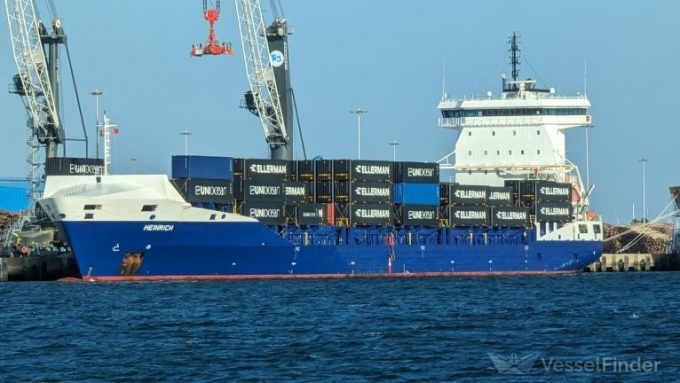Chittagong's PCT gives carriers new Bangladesh options
Bangladesh’s port of Chittagong’s recently inaugurated Patenga Container Terminal (PCT) is ramping up its operations, ...

With the major deepsea trades in the doldrums, container lines are looking more closely at niche shortsea markets to support their growth aspirations.
European shortsea services, such as Ellerman City Liners’ North Europe to Iberia routes and WEC Lines’ new Euro-Maroc service, which launches this month, ...

Comment on this article